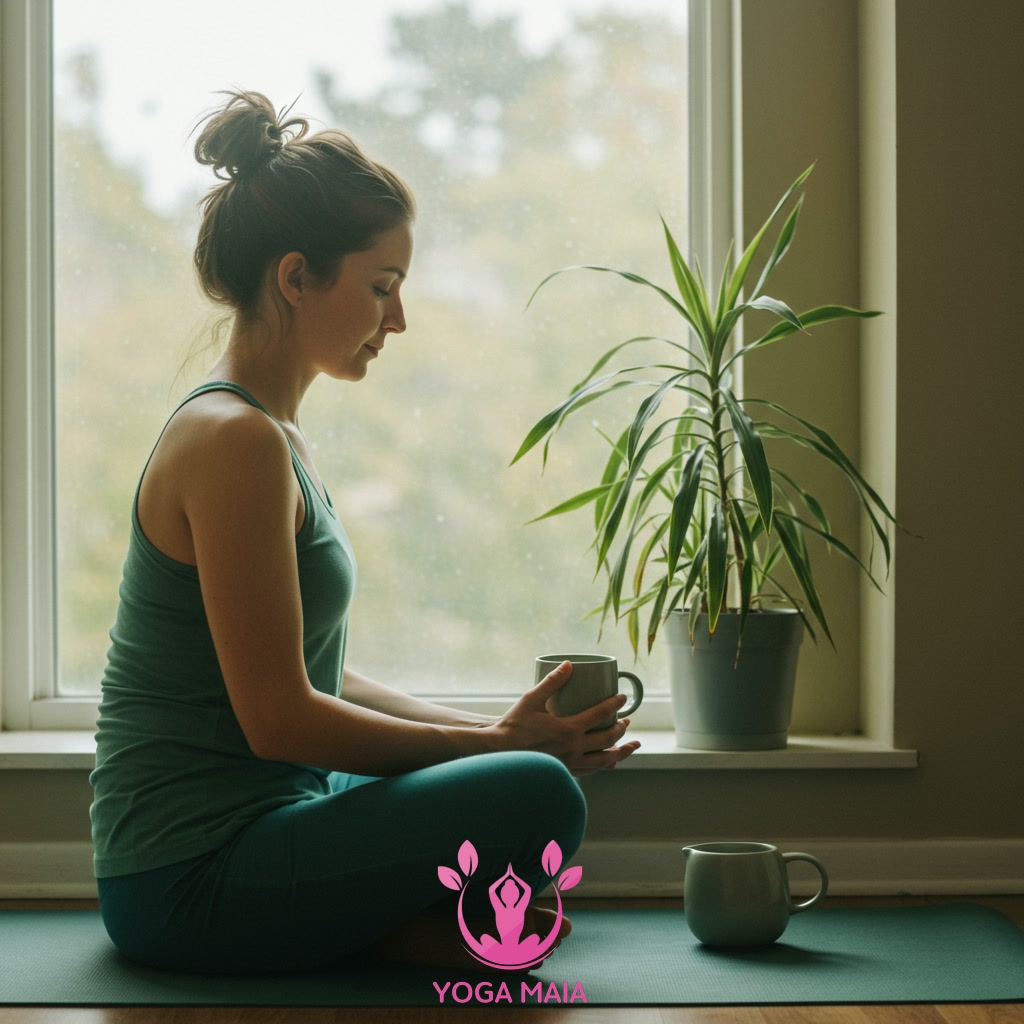Yoga Blog
Gentle Yoga Poses to Deepen Your Meditation and Calm Your Mind
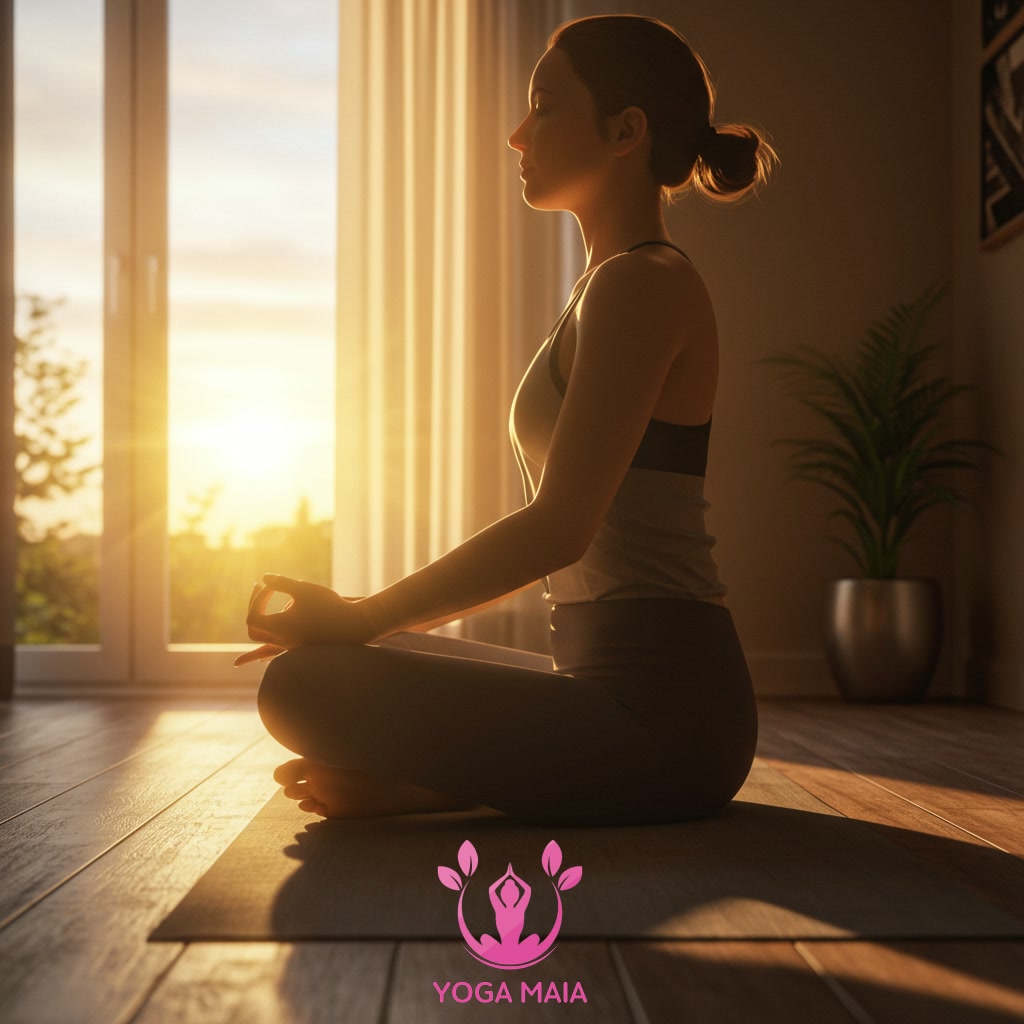
This resource focuses on gentle yoga poses intended to support and enrich your meditation practice. By incorporating these accessible movements, you can create a foundation for deeper stillness and cultivate a sense of calm throughout your mind and body.
Table of Contents
- Section 1: Understanding the Connection: Yoga, Meditation, and Calm
- Section 2: Why Gentle Yoga is Ideal for Meditation Preparation
- Section 3: Essential Gentle Poses to Release Tension and Prepare the Body
- Section 4: Poses Specifically Designed to Calm the Nervous System
- Section 5: Integrating Yoga Poses into Your Meditation Routine
- Section 6: Deepening Your Meditation Through Mindful Movement
- Section 7: Cultivating Lasting Calm Beyond the Mat
Section 1: Understanding the Connection: Yoga, Meditation, and Calm
Understanding the connection between gentle yoga, meditation, and cultivating calm is the first step in this journey. Gentle yoga isn’t merely physical exercise; it is a practice that helps quiet the body and prepare the nervous system for stillness. By releasing physical tension and bringing awareness to the breath, yoga creates a stable foundation. This physical ease makes it significantly easier to transition into meditation, where the focus shifts to calming the mind. Meditation cultivates mindfulness and reduces mental chatter. The synergy between these practices means that the peace found on the yoga mat can be carried into meditation, leading to a deeper state of inner calm that extends beyond your practice.
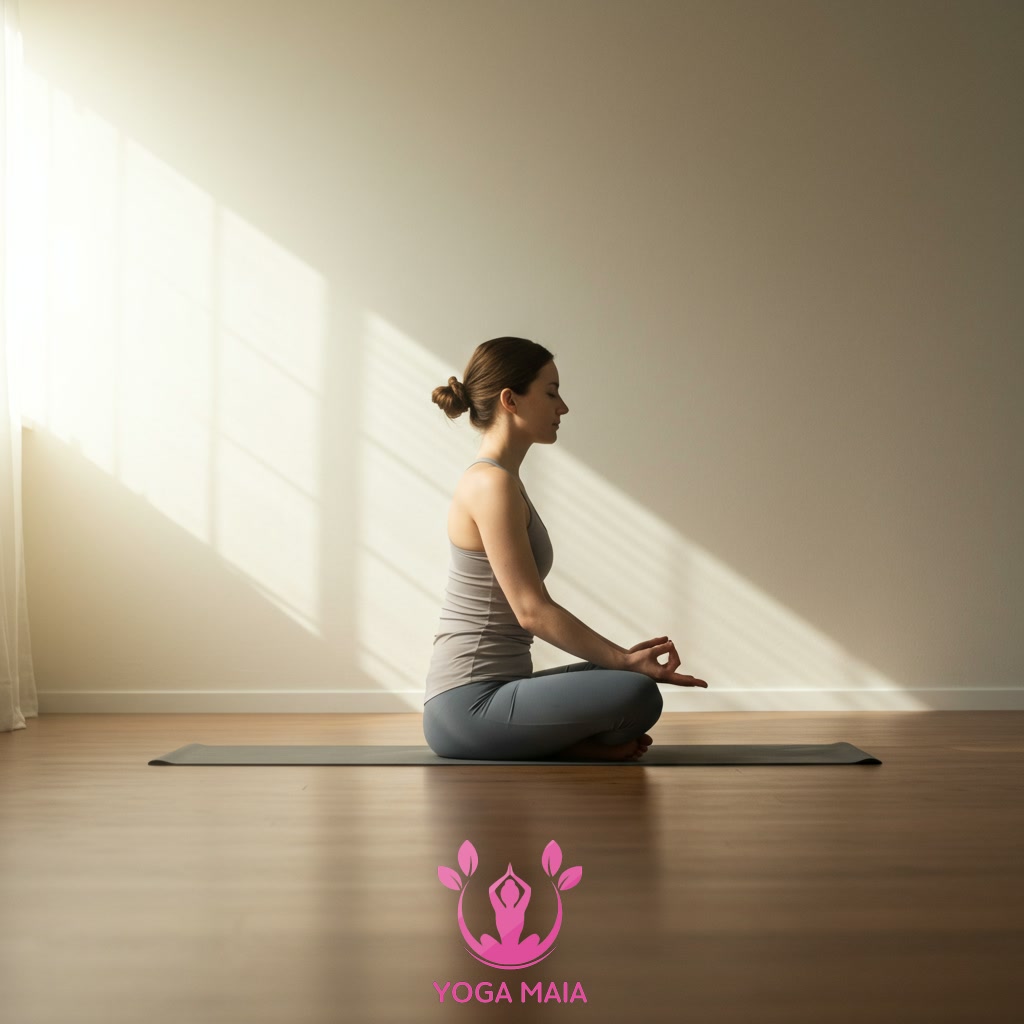
Section 2: Why Gentle Yoga is Ideal for Meditation Preparation
Gentle yoga serves as an excellent precursor to meditation because it specifically addresses common obstacles to stillness: physical discomfort and mental restlessness. By engaging in slow, deliberate movements and conscious breathing, you begin to release built-up tension in muscles and joints that can make sitting still challenging. This physical release sends a signal of safety and relaxation to the nervous system. Furthermore, focusing on the breath and simple movements during gentle yoga helps to draw your awareness inward, gently training the mind to stay present rather than wandering. This process naturally calms the mental chatter, making the transition into a deeper, more focused meditation practice smoother and more accessible.
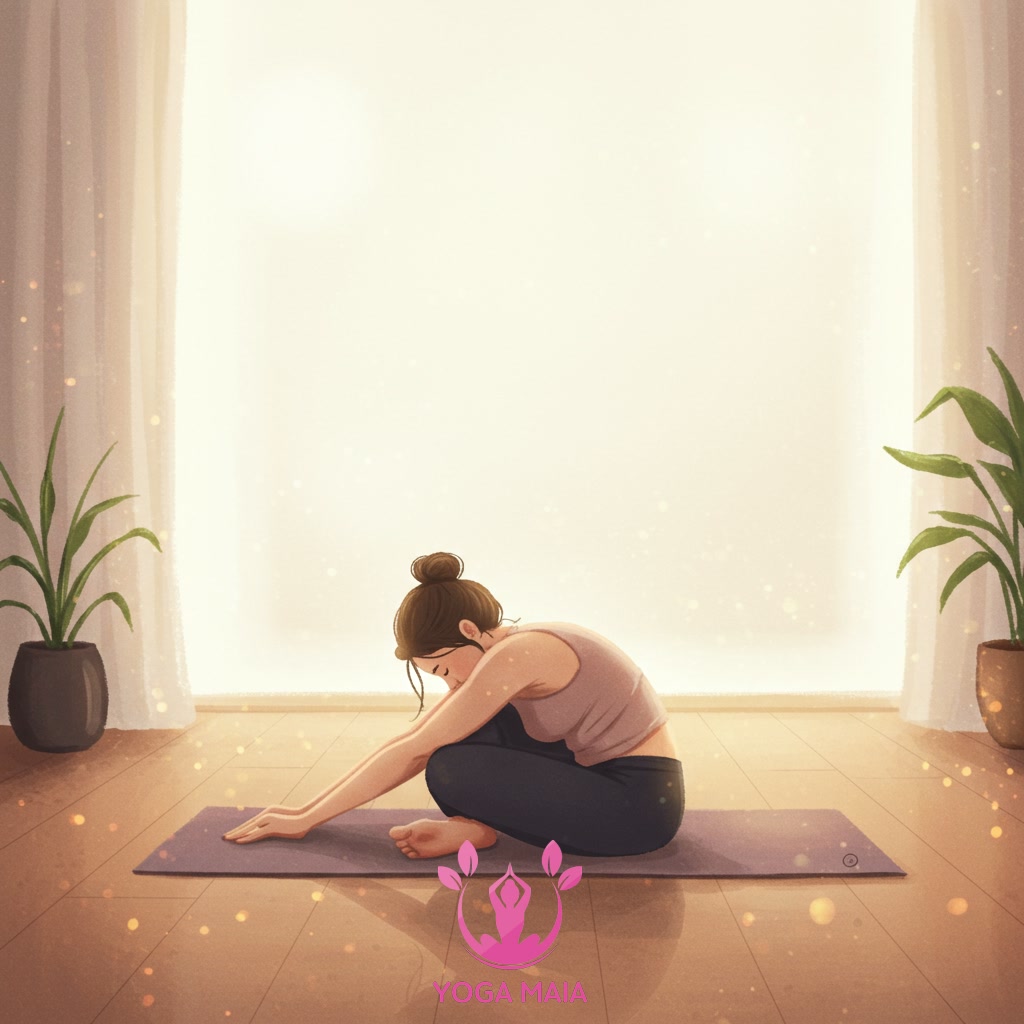
Section 3: Essential Gentle Poses to Release Tension and Prepare the Body
Building upon the understanding that physical discomfort hinders stillness, this section introduces fundamental gentle yoga poses specifically chosen to release common areas of tension. These carefully selected movements, such as gentle seated stretches, simple twists, or supported forward folds, are designed to address tightness in the shoulders, neck, hips, and lower back – areas where stress often accumulates. By mindfully engaging in these accessible postures, you actively soften and open the body, creating a sense of ease and reducing physical distractions. This preparatory phase is crucial; releasing physical holding patterns allows the body to settle more comfortably, establishing a stable and relaxed foundation essential for a deeper and more sustained meditation practice.
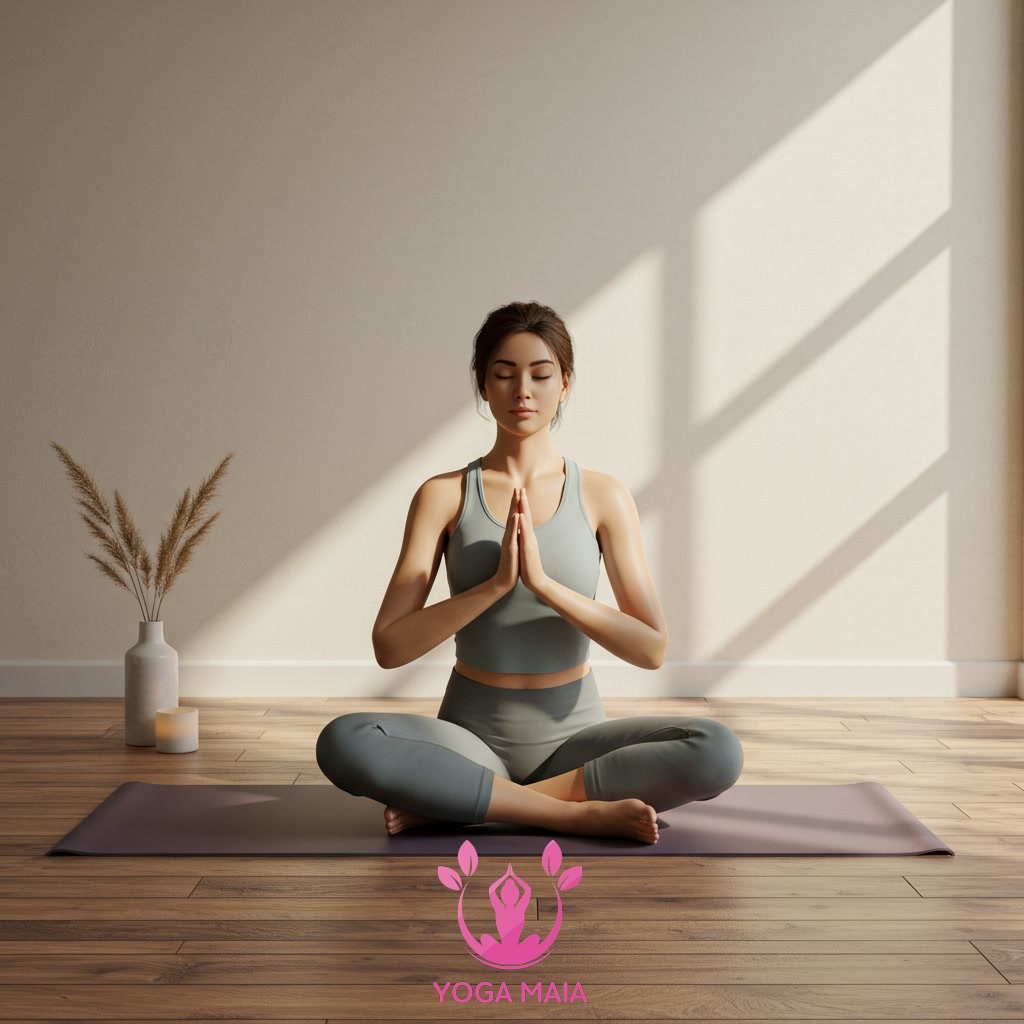
Section 4: Poses Specifically Designed to Calm the Nervous System
Building upon the understanding that physical discomfort hinders stillness, this section delves into specific gentle yoga poses chosen for their profound effect on calming the nervous system. These postures are designed to activate the parasympathetic nervous system, shifting the body and mind away from stress responses towards a state of rest and relaxation. Through gentle stretches and supported holds, these poses encourage deep, mindful breathing and release accumulated physical and emotional tension that often keeps the nervous system in overdrive. By consciously slowing down and allowing the body to feel safe and supported, practitioners can quiet the mental chatter and cultivate a sense of inner peace, creating fertile ground for a deeper and more settled meditation practice.
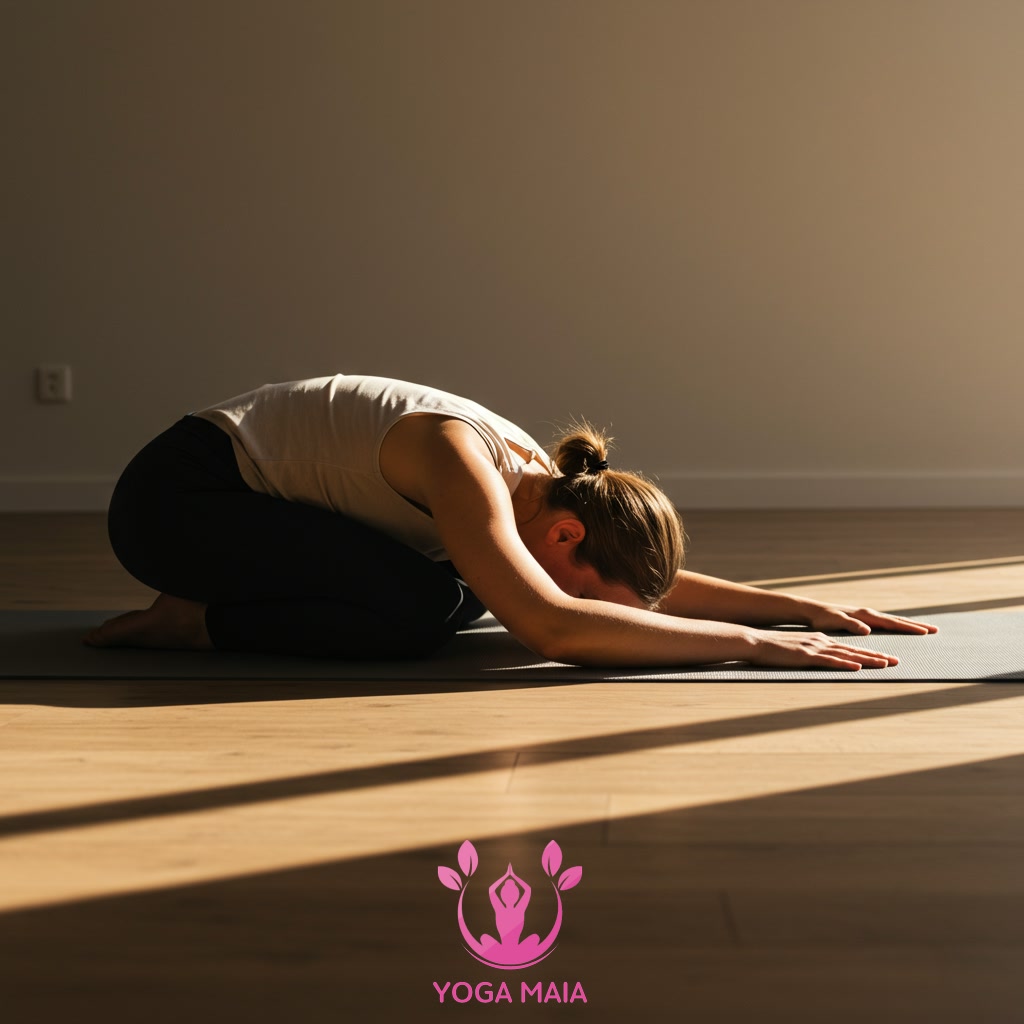
Section 5: Integrating Yoga Poses into Your Meditation Routine
Following the selection of gentle poses, the next step involves mindfully weaving them into your meditation practice. This integration isn’t about doing a full yoga sequence before sitting; rather, it’s about using a few chosen poses to prepare your body and mind for stillness. Consider performing one or two of these gentle movements immediately before or as you transition into your seated meditation posture. For instance, a few minutes in Child’s Pose or a simple seated twist can release physical tension, making it easier to find comfort and stability when you sit upright for meditation. This physical easing allows your attention to settle more readily, creating a smoother pathway to a deeper state of calm and focus.
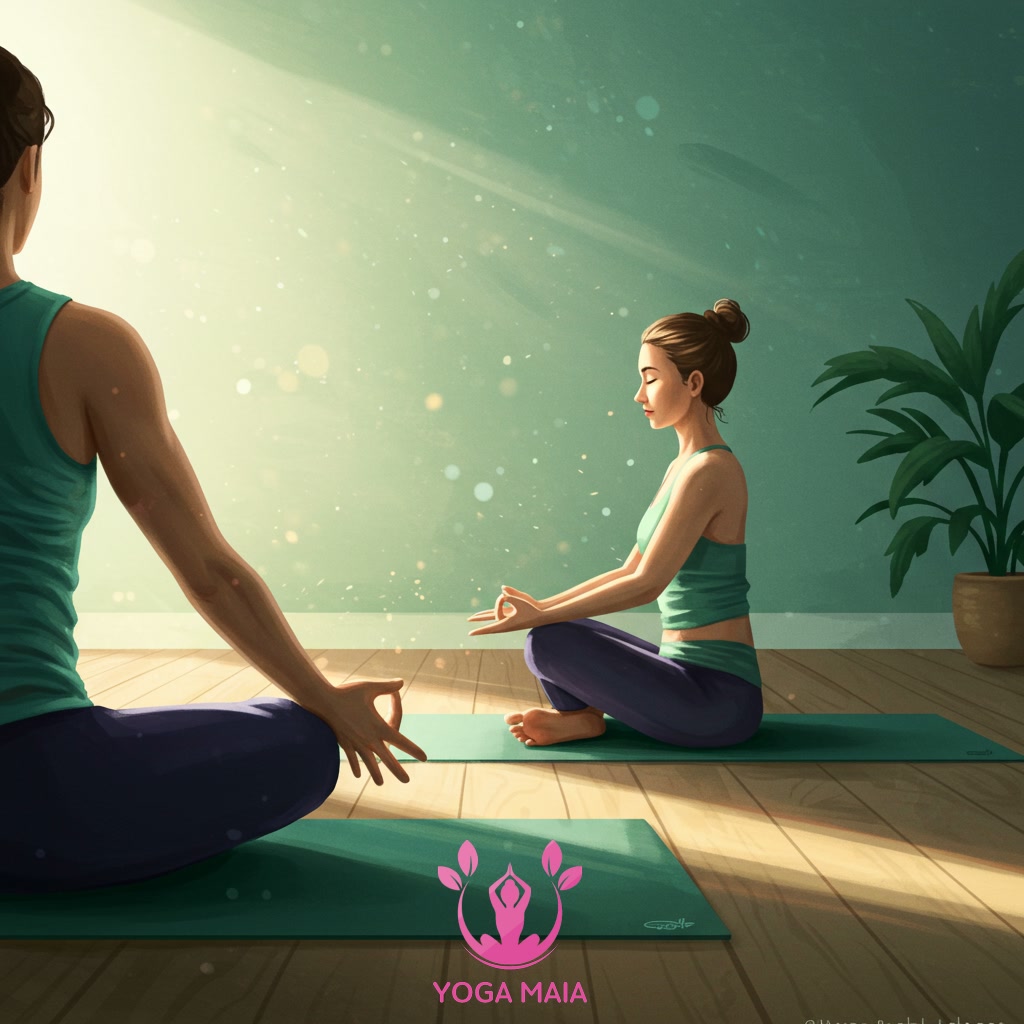
Section 6: Deepening Your Meditation Through Mindful Movement
Weaving gentle yoga poses mindfully into your routine before or even integrated with your meditation practice serves as a powerful bridge, preparing both body and mind for deeper stillness. These accessible movements are not a strenuous workout, but rather a way to release physical tension that can hinder comfortable sitting. By bringing conscious awareness to the sensations within the body during these poses, you ground yourself in the present moment, diverting attention away from mental distractions. This physical presence cultivated through gentle motion helps to quiet the internal dialogue, creating a smoother transition into states of focused concentration and profound calm during meditation. It’s a practice of using the body’s innate wisdom to foster mental tranquility.
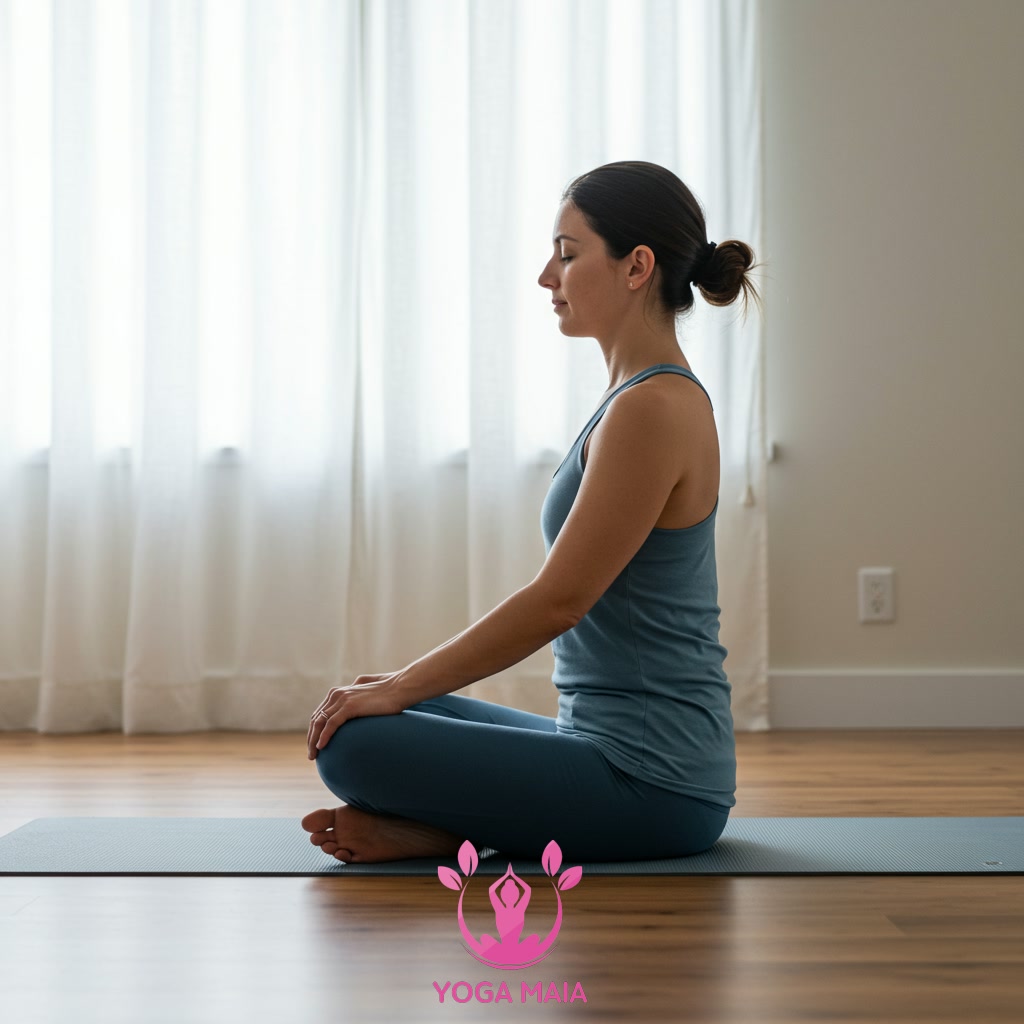
Section 7: Cultivating Lasting Calm Beyond the Mat
While gentle yoga and meditation offer powerful moments of stillness on the mat, the true transformation lies in carrying that cultivated calm into the rhythm of your daily life. The awareness developed during these practices helps you navigate challenges with greater ease, respond rather than react, and maintain a sense of inner peace amidst external demands. By consciously applying the principles of mindfulness and gentle presence learned through movement and stillness, you can weave threads of tranquility throughout your day, making lasting calm not just a fleeting experience but a sustainable way of being. This integration allows the benefits to ripple outwards, positively impacting your interactions, decisions, and overall well-being.
